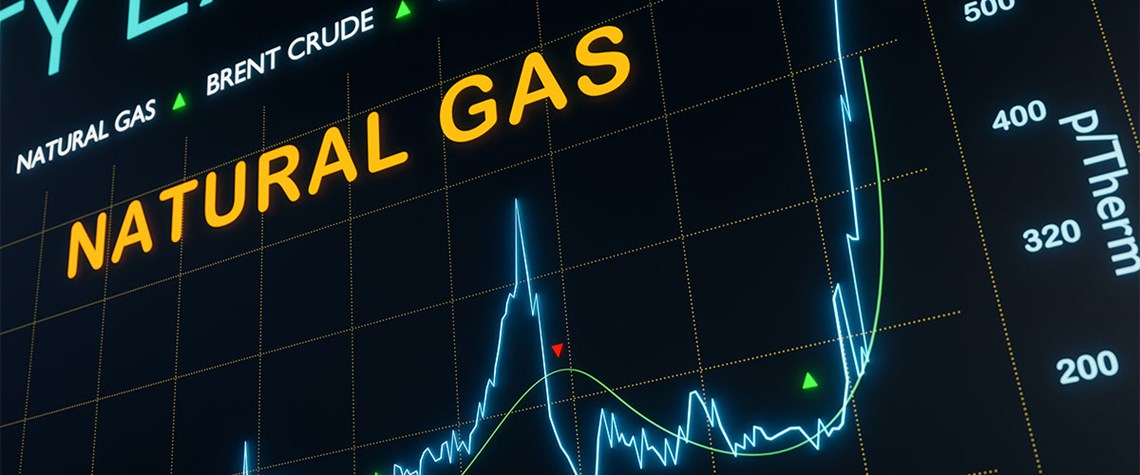Storage disincentives and regional dislocations roil European gas trading
The loss of Russian volumes has made for unusual market conditions
Record-breaking prices are not the only manifestation of disturbance at Europe’s gas trading hubs. The imposition of minimum storage levels requires injections but at the same time risks undermining the market economics of injecting. And attempting large-scale replacement of pipeline gas from the east with LNG from the west has highlighted previously unapparent bottlenecks in the European system that have caused locational price spreads to blow out, at times in entirely the opposite direction from their prevailing relationship. “The seasonal shape of the curve has been completely erased,” says Natasha Fielding, head of Emea gas pricing at price reporting agency Argus Media. By that, Fielding

Also in this section
29 December 2025
The surge in power demand created by the AI boom means energy policy and national security are now one and the same
24 December 2025
As activity in the US Gulf has stagnated at a lower level, the government is taking steps to encourage fresh exploration and bolster field development work
23 December 2025
The new government has brought stability and security to the country, with the door now open to international investment
23 December 2025
A third wave of LNG supply is coming, and with it a likely oversupply of the fuel by 2028







